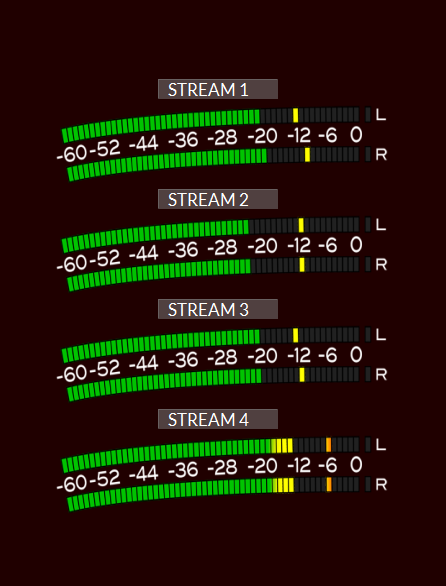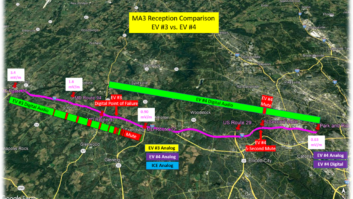One in a series of short audio tips that have appeared in the Alabama Broadcasters Association “Monday Morning Coffee and Technical Notes” e-newsletter.
It’s easy to understand a correlation of the analog signal level to the digital signal level by going number-by-number or level-by-level.
Decibel full-scale (dBFS) is a unit of measure for the amplitude of digital audio signals. It is critical to understand that though digital and analog signals have similarities, their characteristics differ significantly. Zero dBFS occurs when all the binary digits (bits) making up the digital signal are on or read as 1s and not 0s in computer talk.
All the bits available to make up the signal have been used at this finite point and no additional headroom exists. Trying to increase the level simply doesn’t work and causes immediate distortion.
Another major difference that should be noted is at the point of digital signal overload at the 0 dBFS level. Should an analog signal reach its maximum amplitude capacity, distortion will creep into the signal, most likely at a gradual and perhaps indistinguishable rate, until the distortion is audible after initial overload is reached and then exceeded. This process is different and more forgiving to the ear than reaching digital overload at 0 dBFS.
When an unprocessed digital signal clips at this level, distortion is immediately apparent. The encoder has no more bits to use for the “digital word” and you end up with digital distortion, which can be much more distracting than analog distortion.
Larry Wilkins is director of engineering services for the Alabama Broadcasters Association and a past recipient of the Radio World Excellence in Engineering Award.



